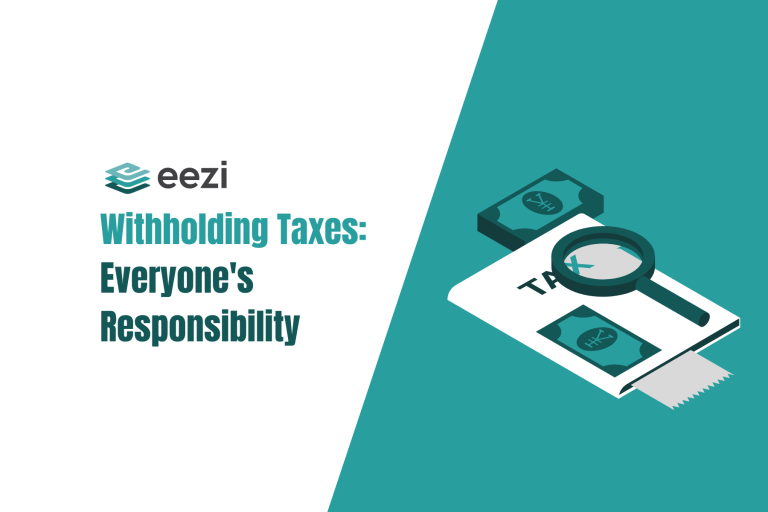What is the daily time record or DTR meaning in work, what are the different types of DTR, and how can this affect your payroll and overall operations?

DTR meaning in work
A Daily Time Record, or DTR, is a vital tool for monitoring employee attendance and work hours. This document meticulously tracks employees’ arrival and departure times for efficient workforce management.
As such, the daily time record is the first and last document an employee handles upon arriving at work. It is also the last item the employee handles before leaving work.
The first DTRs were usually paper or cards for manual attendance tracking. In fact, the Civil Service Commission has a Daily Time Record Form (Civil Service or CS Form No. 48) with a standardized template that some offices still use today.
The usual manual DTR form consists of several columns for employee data, including their log-in time, break time and duration, and log-out time. The daily time record or DTR also contains the employee’s name, the month and year applicable, and the name and signature of the employee’s supervisor or direct superior.
Nowadays, automated daily time records exist in many forms. Usually, the daily time record becomes a vital component in a bigger system and serves as a medium for data collection of key employee records.
eezi HR Guide
Learn the efficient ways to set up your HR department.
What purpose does the daily time record or DTR serve at work?

Compliance and legal
The daily time record is especially important to government establishments. As per the Omnibus Rules implementing the provisions of the Administrative Code of 1987, all government personnel and officials must offer eight (8) hours of service each day for five (5) days a week.
Meanwhile, according to Book III of the Labor Code of the Philippines, the normal hours of any employee must not exceed eight (8) hours per day.
A daily time record is an important tool that helps ensure compliance with the above-mentioned rules and provisions. A daily time record or DTR can prove that government officials and personnel have rendered the 40 hours per week service requirement and, at the same time, prove that employees are not being asked to work longer than eight (8) hours as part of their normal work hours.
Employee attendance monitoring
The DTR is, first and foremost, a daily record of an employee’s attendance. Most companies and establishments use daily time record or DTR (in different forms) to monitor employee attendance. These documents do not only monitor clock-ins but also give insights into employee performance.
For one, the daily time record or DTR details the employee’s time of arrival which in turn reflects the punctuality of the employee. Additionally, DTRs also reflect the issues of absenteeism in the workforce. As a result, this can help the company mitigate such issues at the earliest possible. DTRs can also be used for attendance-based assessments and evaluations.
Component of payroll systems
DTRs serve a very important role in the processing of payroll and payroll systems. For the accurate computation of payroll, the right data on work rendered, paid and unpaid leaves, overtime, undertime, differentials, and holiday pay is needed.
The daily time record or DTR serves as the primary tool for collecting the employee’s data and storing them in the database. With the complete data for each employee, payroll systems take a fraction of a minute or so to accurately process and compute the correct compensation which takes into account all benefits and monetary awards.
What are the types of DTR, and how do you fill them out?

Manual DTR
A manual DTR is usually a piece of paper or card with columns corresponding to the days of the applicable month. In addition, it includes the login and logout time and undertime, if applicable.
Each manual DTR form is for a single month and contains the employee name and/or employee number.
Upon arriving and leaving work, the employee or designated personnel fills in the corresponding time on the DTR. The employee supervisor or direct superior then signs the DTR. This happens at the end of each month or before the DTR reaches payroll processing.
In other instances, establishments use a logbook as the primary record of employees’ attendance. Employees would sign their names in the logbook and write the time they come in and leave work. At the end of each payroll cycle, employees will fill out a DTR Form based on the logbook and submit the form for payroll processing.
Daily time record template sample form

Punch cards
This type of DTR may be a little bit antiquated. Each employee is given a punch card, which they insert into a punching machine when they arrive at work and when they leave. The punching machine aligns and marks the card indicating time of arrival and departure.
Timekeeping software and applications
One form of daily time record automation present today is timekeeping software. Timekeeping software is an online application that requires authorized users to log in to their accounts using their designated username and password. Some applications record the login time as the clock-in time, while some require the user to click on a clock-in button.
Timekeeping software is usually not a stand-alone system but serves as a component of a bigger system. They store data, especially employee attendance records. Timekeeping software supplies important payroll information for payroll purposes.
Biometrics- and other scanner-based DTR
Advancements in technology have led to different types of scanners being used to determine the presence or absence of an employee.
A biometric scanner makes use of a person’s fingerprints, facial recognition, or iris scan to determine the identity of the person and accurately record their clock-in and clock-out time. To clock in and out using the biometric scanner, an employee only has to have their registered finger, iris, or face scan.
The other main types of scanner-based DTR make use of Radio Frequency Identification (RFID) and Quick Response (QR) Code. A unique RFID or QR Code containing the information of each employee is generated and printed on a card, usually their Employee ID.
To clock in using the RFID or QR Scanner, the employee only has to scan her RFID or QR Code with the scanner, and it will accurately identify them based on their company database and record their time.
Related: Benefits of GPS time clock in timekeeping
FAQs
What is the meaning of DTR in work?
A DTR, or Daily Time Record is a vital tool for monitoring employee attendance and work hours. This document meticulously tracks employees’ arrival and departure times for efficient workforce management.
Who is required to file the DTR form?
The Department of Labor and Employment (DOLE) requires all employers and establishments with 10 or more employees to file their Daily Time Record (DTR) Form. This is to ensure that employees are provided with their correct wages and benefits, as well as to monitor their attendance.
How to fill up DTR form?
Write your name, the date, and the kind of form (daily timesheet, for example) that you are filling out. Next, enter the start and end times of your workday. Note the entire number of hours worked, including any overtime, for the day. Note any breaks you take along with how long you spent doing so. Include any other remarks or notes regarding the day. Finally, to finish the form, remember to sign and date it.
What is form 48 DTR deped?
This document serves as a daily time record for school staff members to document their work hours for a given month.
Get the best DTR for your company with eezi
Having issues with your current DTR? Used DTR forms piling up? Get a move on and try eezi’s Timekeeping system! eezi’s Timekeeping system allows employees to log in to work in real-time and allows employers to monitor employee activity. Say goodbye to all your DTR problems with eezi!



